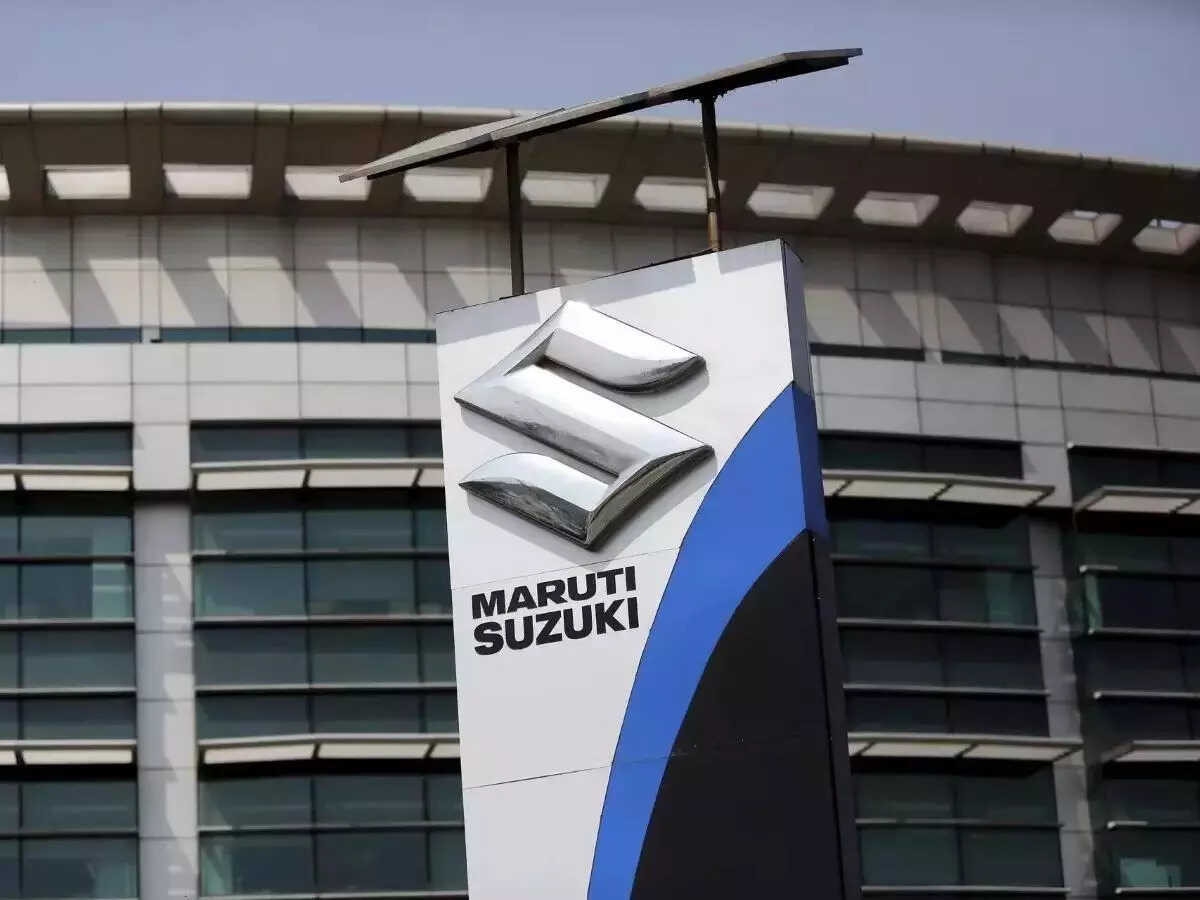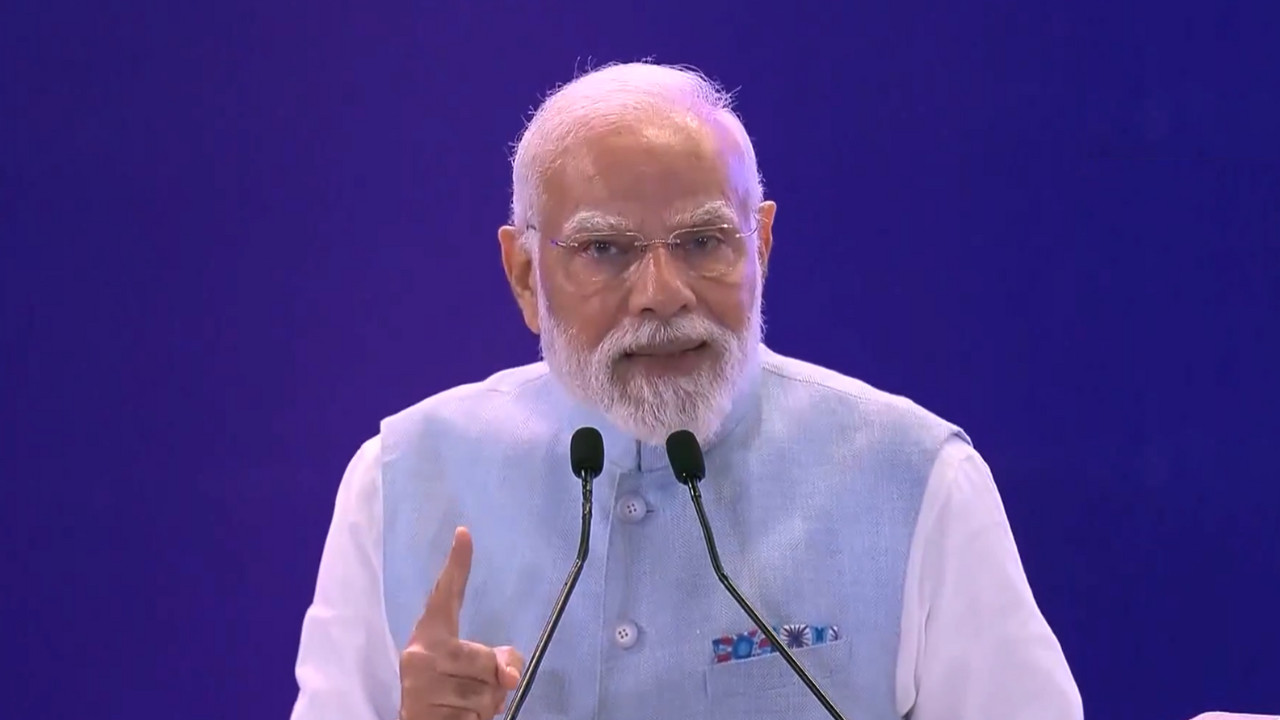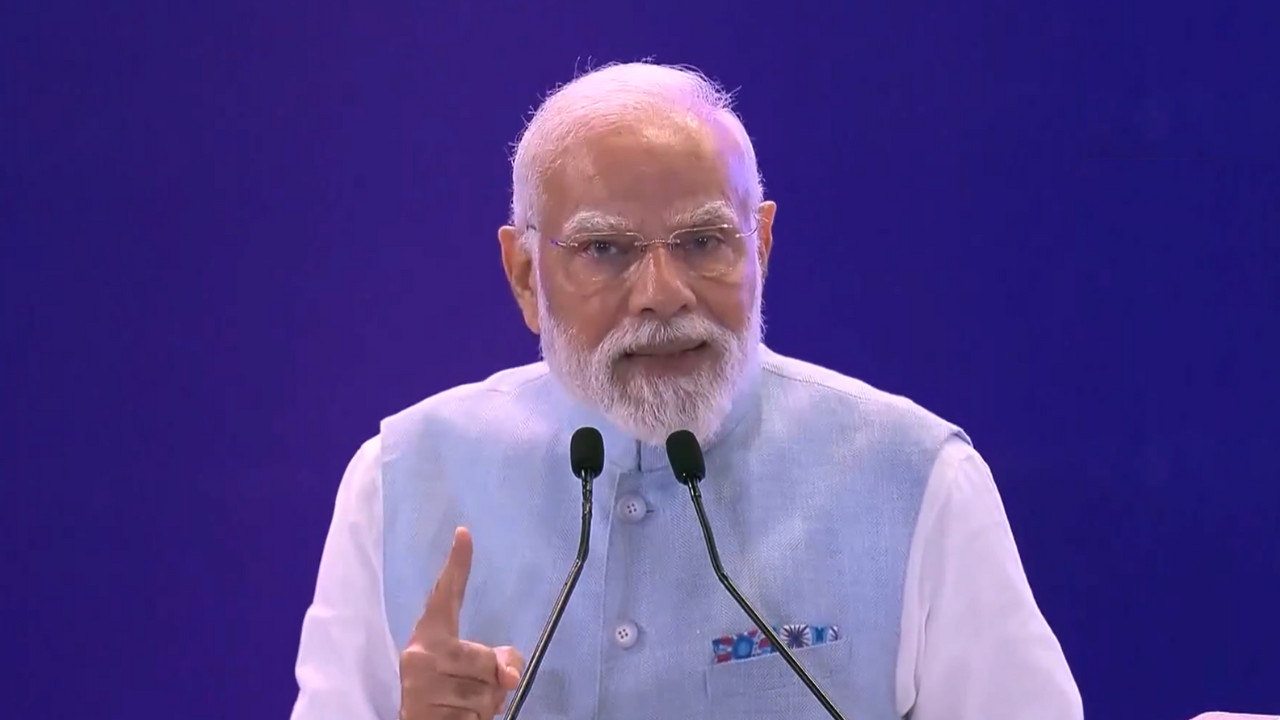Maruti Suzuki India aims to significantly increase vehicle deliveries via trains to 35% by FY 2030-31, as stated by MD-CEO Hisashi Takeuchi. This expansion is supported by the new in-plant railway siding at Manesar, the largest GatiShakti multi-modal cargo terminal in India. The initiative will reduce carbon emissions and fuel consumption considerably.
Maruti’s Taking the Train! A Smart Move or a Risky Route?
Okay, picture this: hundreds of brand-spanking-new Maruti Suzuki cars, not bumper-to-bumper on congested highways, but neatly lined up on a train, chugging its way across the country. That’s the vision Maruti Suzuki is banking on, and frankly, it’s a fascinating one.
We all know Maruti Suzuki dominates the Indian auto market. They’ve built a legacy on affordability, reliability, and knowing exactly what Indian consumers want. But even giants face logistical challenges, and moving mountains (or, you know, thousands of cars) from factory to dealerships is no small feat. Enter the Indian Railways, a behemoth with a network that stretches to the furthest corners of the country.
Maruti’s ambition is to move a significant chunk – aiming for a solid 35% – of its vehicle dispatches via rail. It’s a bold move, especially when you consider the traditional reliance on road transport. They’ve just inaugurated their second “automobile freight train rake facility” within a plant – a fancy way of saying they’ve built a railway siding right inside their factory, making loading and unloading a breeze. This isn’t some fleeting experiment; Maruti seems serious about embedding rail transport into their core strategy.
So, why the sudden love affair with trains? Well, the benefits are pretty compelling. First off, think of the environment. Moving vehicles by rail is significantly greener than trucking them across the country. Lower emissions? Check. Reduced carbon footprint? Check. In a world increasingly focused on sustainability, this move aligns perfectly with a more environmentally conscious image. Plus, let’s be honest, it’s good PR.
Then there’s the cost factor. While the initial investment in infrastructure like these in-plant railway sidings is substantial, the long-term savings could be significant. Rail transport can be more fuel-efficient than road transport, especially over long distances. Less wear and tear on vehicles during transit also translates to lower maintenance costs.
But the potential upside doesn’t stop there. Think about the impact on road congestion. Fewer trucks hauling cars mean less traffic on our already overburdened highways. That’s a win for everyone, from commuters to long-haul truckers carrying other goods. It could even contribute to improved air quality in areas plagued by heavy truck traffic.
Of course, shifting gears from road to rail isn’t without its potential bumps. The Indian Railways, while vast, isn’t always known for its punctuality or efficiency. Delays could throw a wrench into Maruti’s tightly managed supply chain, potentially impacting delivery times and customer satisfaction. Coordinating logistics between the factory, the rail network, and the dealerships will require seamless communication and meticulous planning.
And let’s not forget the infrastructure limitations. While Maruti is building these facilities within their own plants, ensuring smooth connectivity across the entire rail network is crucial. Investing in upgrading rail infrastructure specifically for automobile transport could be a key factor in the success of this ambitious endeavor.
Moreover, there’s the question of damage during transit. While precautions are taken, loading, unloading, and the vibrations of a long train journey could potentially lead to minor damages. Minimizing these risks will require robust packaging and careful handling procedures.
Ultimately, Maruti Suzuki’s bet on the Indian Railways is a calculated gamble. It’s a bold move that could potentially revolutionize how cars are transported across the country. If they can successfully navigate the logistical hurdles and ensure efficiency and reliability, they could not only save money and reduce their environmental impact but also set a new standard for the Indian automotive industry.
What’s truly exciting is the potential ripple effect this could have. If Maruti proves that rail transport is a viable option, other automakers might follow suit, leading to a significant shift in the industry. It could also spur further investment in the Indian Railways, modernizing its infrastructure and making it a more attractive option for other businesses.
This isn’t just about moving cars; it’s about rethinking logistics, embracing sustainability, and leveraging the power of India’s existing infrastructure. It’s a story worth watching, because whether it’s a roaring success or a cautionary tale, it’s bound to shape the future of the Indian auto industry. For Maruti, the tracks are laid. Now, let’s see if they can stay on them.







